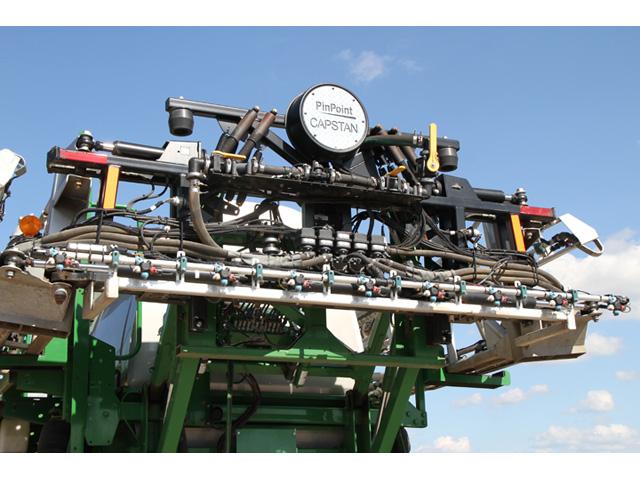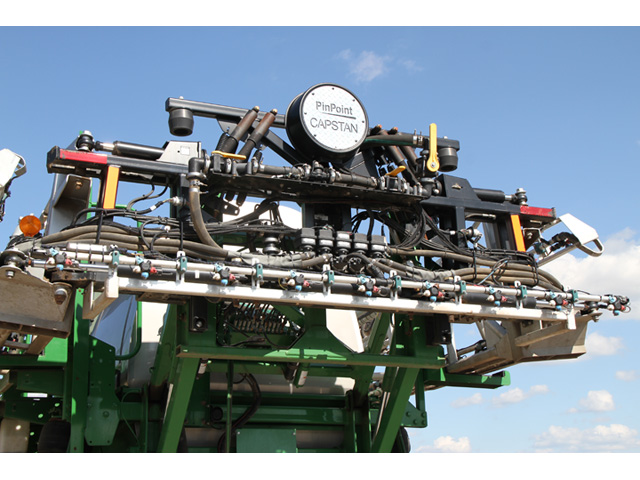Production Blog
Sprayer Cleanup Tips: How to Put Your Sprayer to Bed for Winter
Spray season used to fit into a window of time. These days it's a full-time job -- from herbicide passes, to fungicide applications, to dribbling in-season fertilizer, to cover crop interseeding, to late-season desiccant sprays, to fall weed control.
The sprayer is increasingly important and likely one of the first tools you take to the field and the last you put to bed at the end of the season.
Few are better equipped to address the topic of how to give a sprayer the tender loving care it needs during this short winter break than Tom Wolf. In 2015, Wolf and Jason Deveau launched a non-profit website devoted to field sprayer resources called Sprayers 101 www.sprayers101.com. It is the place I always start when researching sprayers, nozzles and topics that concern the field of agricultural spraying.
In a recent blog, Wolf presents a list of things to consider in the process of winterizing a sprayer.
P[L1] D[0x0] M[300x250] OOP[F] ADUNIT[] T[]
Read it here: https://sprayers101.com/…
You'll learn why RV antifreeze is the best product for winterizing the sprayer and how to go about adding it to the product tank and pushing it through the system. Wolf informs the reader how to get antifreeze into the booms and nozzles and even how to save leftovers for next year. There's a reminder to not forget to tend the spray tender and transfer pumps.
Beyond winterizing, Wolf encourages farmers to inspect -- looking for wear and items that need replacement. He also presents a list of questions to ask about your spray season with an eye on improvements for next year. For example, he gives a rule of thumb, replacing sprayer nozzles about every 30,000 acres for average sprayer speed and boom width.
"But before you buy (replacement nozzles), make sure you know what you need. Were you happy with the spray performance? Did you have more drift than you wanted, or poor coverage? As our cropping systems change, we may need different nozzles to suit the purpose. Now is the time to think about that very coarse low-drift nozzle that would have allowed you to get the spray on before the rain that delayed you for three days. Or the higher volume spray that would have done a better job with desiccating the tall canola crop, speeding up harvest. Or the finer spray that works better with the contact products you need to manage resistance," he writes.
Wolf encourages sprayer owners to reflect on sprayer use and offers up some suggestions on improvements. Have you considered replacing plastic boom lines with stainless? Did you know pulse width modulation can be retrofitted to any sprayer? He even covers a bit on adding spot sprayer systems to existing machines.
If you own a sprayer or are considering purchasing one, Wolf's blog post is worth a read. Oh yeah ... and don't forget to mouse and bird proof that machine before you tuck it into the shed.
For another look at doing a pre-season check up on sprayers go to: https://www.dtnpf.com/…
For tips on battling mice, see: https://www.dtnpf.com/…
Pamela Smith can be reached at pamela.smith@dtn.com
Follow her on Twitter @PamSmithDTN
(c) Copyright 2021 DTN, LLC. All rights reserved.





Comments
To comment, please Log In or Join our Community .